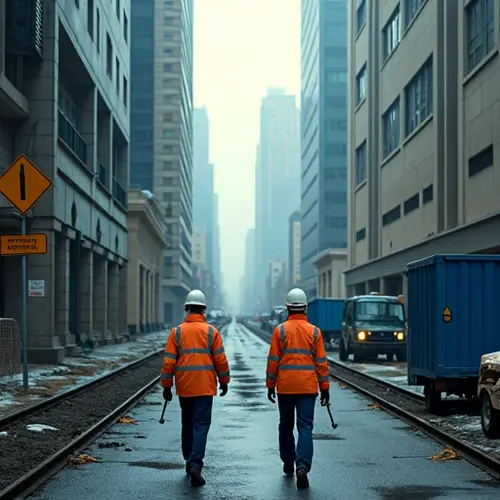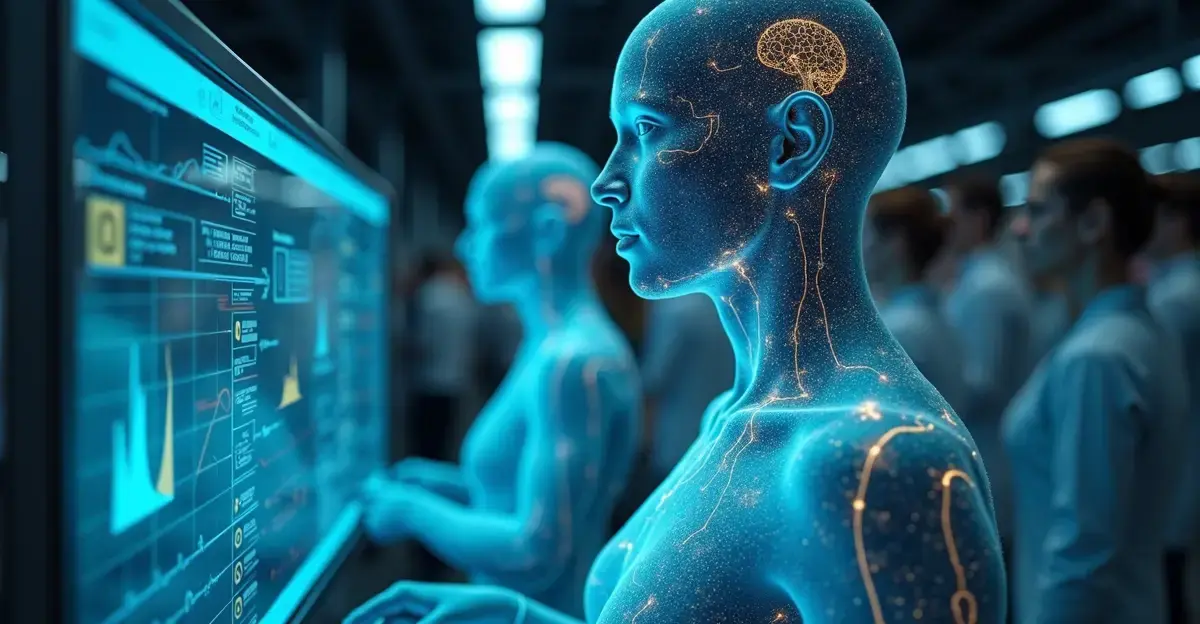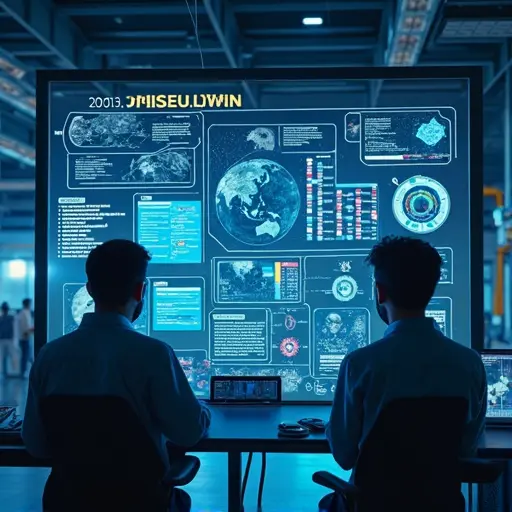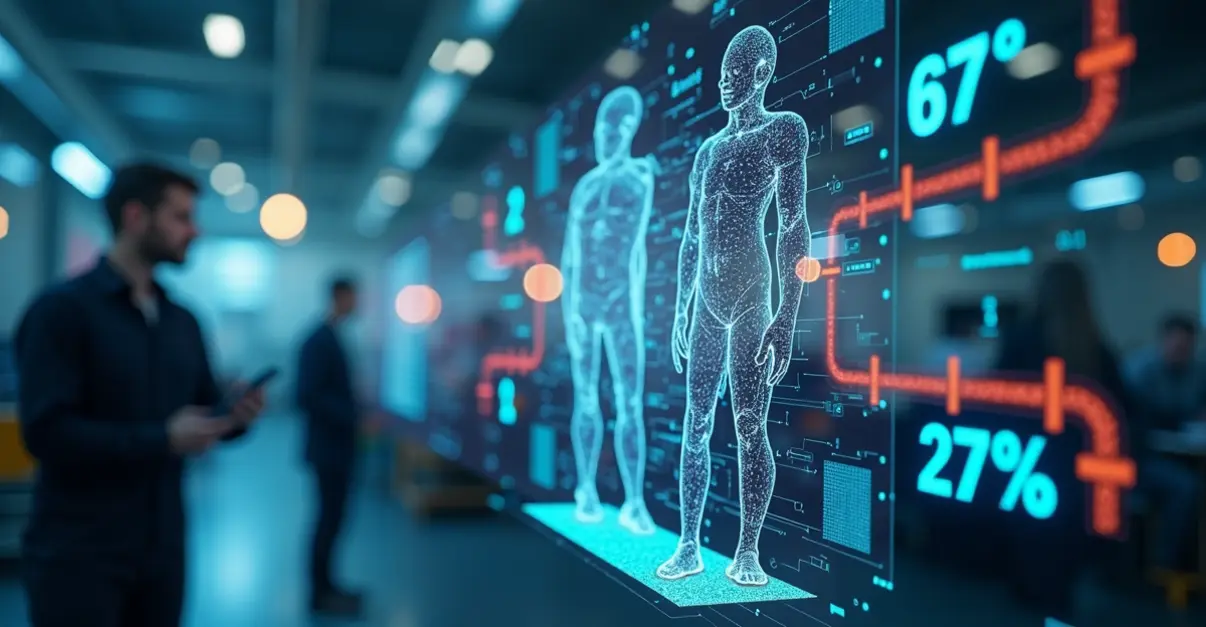City digital twins create virtual replicas of urban environments to test policies in 3D simulations before real-world implementation, revolutionizing urban planning with risk-free scenario testing and data-driven insights.
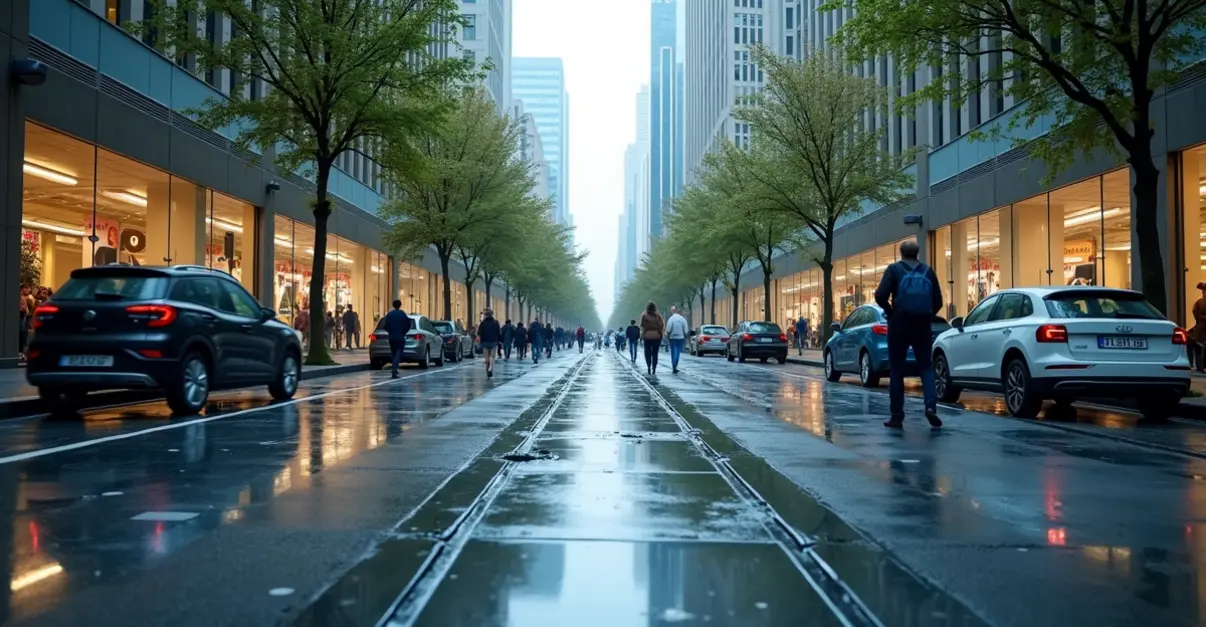
How Digital Twins Are Revolutionizing Urban Planning
Imagine being able to test a new traffic policy, building regulation, or environmental initiative in a perfect virtual replica of your city before implementing it in the real world. This is exactly what digital twins of cities offer urban planners and policymakers. A digital twin is a dynamic, virtual model of a physical system that uses real-time data to simulate, monitor, and optimize its real-world counterpart. When applied to entire cities, this technology creates powerful tools for testing policies in risk-free environments.
What Are City Digital Twins?
City digital twins are comprehensive 3D simulations that replicate urban environments down to individual buildings, infrastructure networks, and even human behavior patterns. These virtual cities integrate data from multiple sources including IoT sensors, satellite imagery, traffic cameras, and municipal databases. As defined by Wikipedia, a digital twin serves as a digital counterpart for purposes such as simulation, integration, testing, monitoring, and maintenance.
The concept originated from NASA's need to simulate spacecraft systems, but has since evolved to encompass complex urban environments. 'Digital twins allow us to see the unintended consequences of policy decisions before they affect real people,' says Dr. Maria Chen, urban technology researcher at MIT. 'We can model everything from traffic flow changes to emergency response scenarios with remarkable accuracy.'
Policy Testing in Virtual Environments
One of the most significant applications of city digital twins is policy testing and validation. Urban planners can simulate the impact of proposed regulations on multiple aspects of city life simultaneously. For example, a proposed congestion pricing scheme can be tested for its effects on traffic patterns, air quality, economic activity, and social equity all at once.
These simulations account for complex interdependencies that traditional planning methods might miss. A change in public transportation routes might affect retail foot traffic, which in turn impacts local business revenues and employment patterns. Digital twins capture these ripple effects through advanced algorithms and machine learning models.
'We recently used our city's digital twin to test a new zoning regulation,' explains Tokyo's Chief Urban Planner, Kenji Tanaka. 'The simulation revealed that while the regulation would increase housing density as intended, it would also create unexpected traffic bottlenecks in adjacent neighborhoods. We were able to adjust the policy before implementation.'
Real-World Applications and Success Stories
Several cities worldwide have already implemented digital twins with impressive results. Singapore's Virtual Singapore project creates a dynamic 3D model of the entire city-state, used for urban planning, disaster management, and infrastructure development. The model incorporates real-time data from sensors across the city, allowing planners to test scenarios ranging from flood management to pandemic response.
In Europe, Helsinki's digital twin helps the city achieve its carbon neutrality goals by simulating the environmental impact of various urban development strategies. The city has used the platform to optimize public transportation networks, reducing commute times while lowering emissions.
New York City's digital twin, currently in development, aims to address complex challenges like climate resilience and affordable housing. The platform will simulate sea-level rise scenarios and test the effectiveness of different coastal protection strategies.
Technical Foundations and Data Integration
Creating an accurate city digital twin requires massive data integration from diverse sources. Building information modeling (BIM) provides detailed architectural data, while geographic information systems (GIS) offer spatial context. Real-time data streams from IoT sensors monitor everything from traffic flow and energy consumption to air quality and waste management.
The digital twin concept, as detailed on Wikipedia, consists of three distinct parts: the physical city and its environment, the digital representation, and the communication channel between them. This digital thread enables continuous updates and feedback between the virtual and physical worlds.
'The challenge isn't just collecting data, but making it meaningful,' notes Dr. Sarah Johnson, data scientist specializing in urban analytics. 'We need algorithms that can translate raw sensor data into insights about human behavior and urban dynamics.'
Future Prospects and Ethical Considerations
As technology advances, city digital twins are becoming increasingly sophisticated. The integration of artificial intelligence and machine learning enables predictive modeling that can anticipate urban trends and potential problems. Some experts predict that within the next decade, most major cities will operate digital twins as standard planning tools.
However, the technology raises important ethical questions about data privacy, algorithmic bias, and digital representation. Ensuring that digital twins accurately represent all segments of the population, including marginalized communities, remains a critical challenge.
'We must be vigilant about whose reality we're modeling,' warns urban ethics researcher Dr. Amina Diallo. 'If our digital twins only reflect certain perspectives, our policies will inevitably favor those same groups.'
The potential benefits are enormous—from more efficient resource allocation to better disaster preparedness. But realizing this potential requires careful attention to both technical implementation and social implications.
Conclusion: The Future of Urban Governance
Digital twins represent a paradigm shift in how we plan and manage cities. By providing a safe space to test policies and interventions, they reduce the risks associated with urban innovation. As more cities adopt this technology, we can expect more evidence-based policymaking and more resilient urban environments.
The journey from concept to implementation requires collaboration between technologists, urban planners, policymakers, and communities. But the promise of smarter, more responsive cities makes this collaborative effort worthwhile. Digital twins aren't just technological marvels—they're tools for building better futures for urban residents worldwide.

 Nederlands
Nederlands
 English
English
 Deutsch
Deutsch
 Français
Français
 Español
Español
 Português
Português




